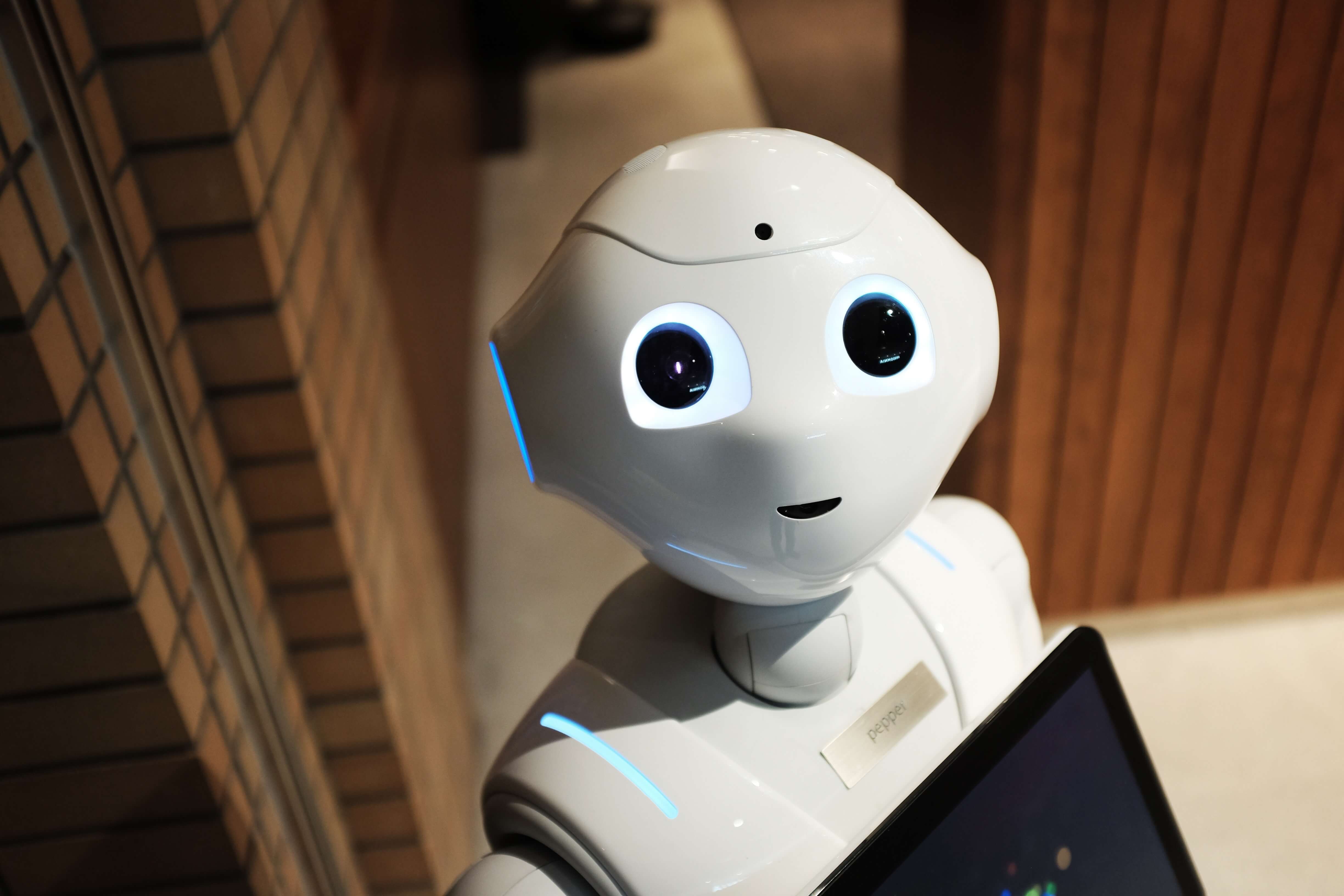The quality of additively manufactured objects depends on various factors, including manufacturing technology, material selection, and the complexity of the component. However, typical challenges such as stair-step artifacts in curved components or the lack of component-specific path planning for structurally loaded parts can become problematic.
At Hochschule Aalen, specifically within the Optical Technologies research group led by Prof. Börret at the Center for Optical Technologies (ZOT), an innovative solution has been developed. A robotic-based additive 6D manufacturing process revolutionizes the production of complex multimaterial components.
This pioneering device offers a unique 6D freedom of movement, allowing complete motion and alignment in three spatial directions and three angular directions. This flexibility breaks away from conventional layer-by-layer deposition methods in the xy-plane and precisely follows the three-dimensional contour in space.
Thanks to this technology, stair-step effects are a thing of the past, and the surface quality reaches new heights. Utilizing different materials through various extruders opens the door to multimaterial components, even enabling the integration of continuous fibers in stressed areas for robust structural integration.
The best part? The intelligent control capabilities! The device not only enables the adjustment of properties such as mechanical strength, electrical properties, and surface quality but also facilitates the integration of electrical or optical conductors for "smart" applications, such as defect detection or heatable 3D printing materials.
This breakthrough opens new horizons for the 3D printing field, offering the opportunity to explore previously uncharted application areas.

